Living in El Salvador: What’s Life Like?
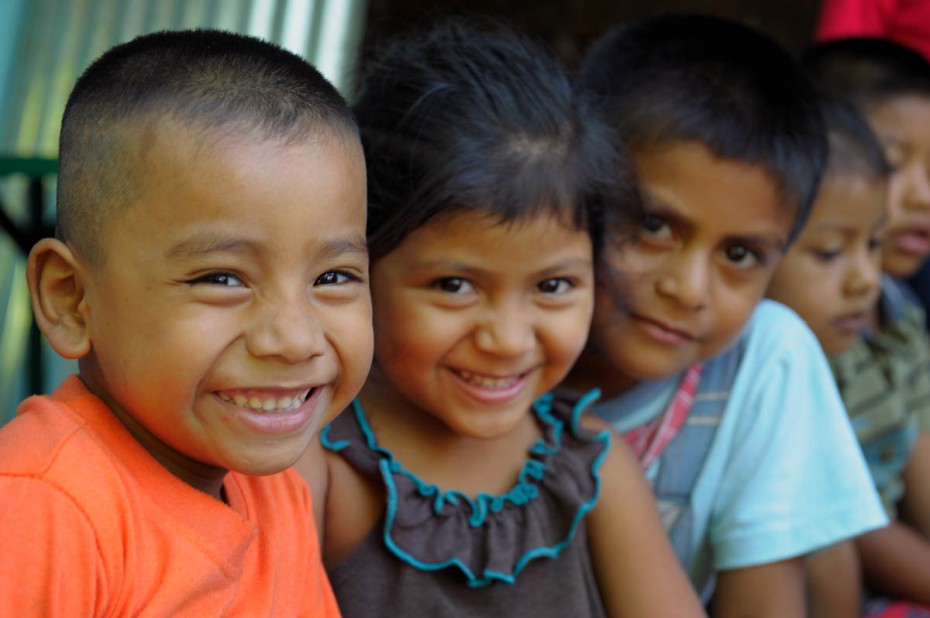
Learn more about what it’s like to live in the smallest country in Central America!
Continue Reading ›Life in Shinyanga, the Cattle Capital of Tanzania
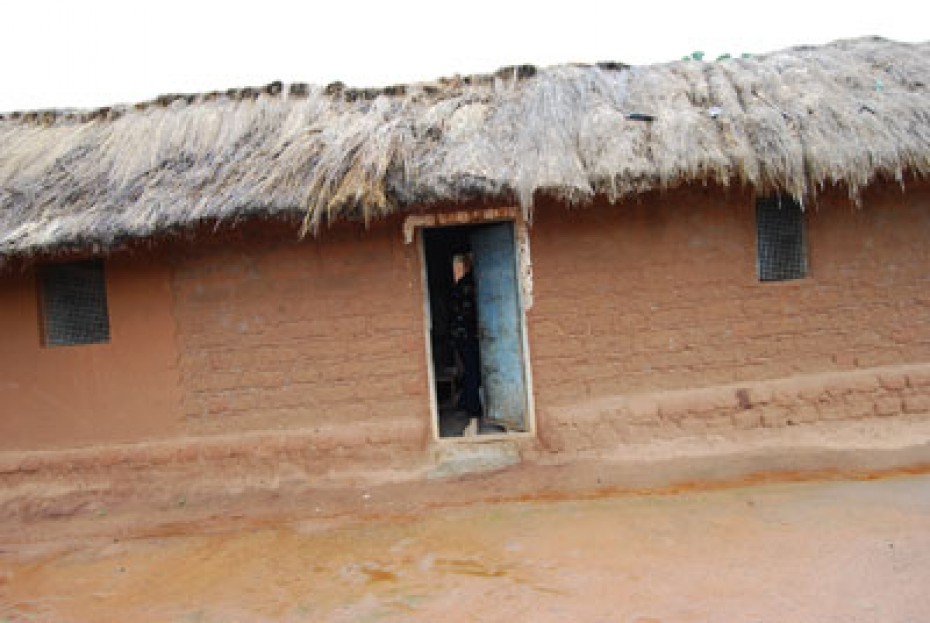
The church in Shinyanga has not been very strong for the past several decades because of the mobile nature of people. People have being practicing traditional religions.
Continue Reading ›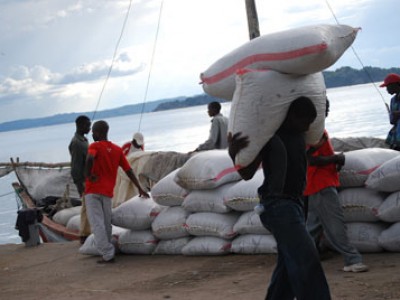
Life in Mwanza, Tanzania — on the Shore of Lake Victoria
Fishing in Lake Victoria has a long, historic background. However, the introduction of Nile perch to the Lake has changed both the social and economic nature of the sector.
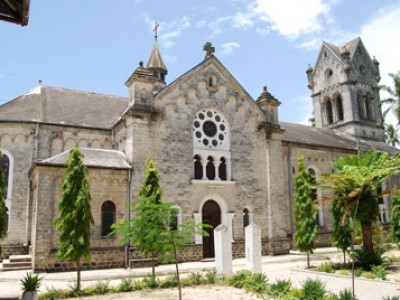
Life in Bagamoyo, Tanzania — Ancient Epicenter of Slavery
This area’s culture has been affected by the Arabs and the slave trade. Bagamoyo played a major role as a terminal for slaves who were captured from the mainland, shipped to Zanzibar’s major slave market, and subsequently sold to Arab countries and the Middle East. Generally, people of Bagamoyo and the coast do not put much weight in work, as they associate hard work with slavery.
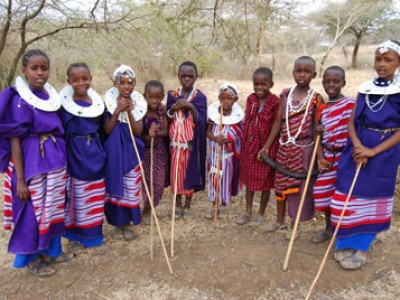
Life in Arusha, Tanzania — Land of the Maasai
Due to its geopolitical position, Arusha is attracting more people and growing quickly, which has caused an increase in the crime rate. It is well connected by tarmac roads to the major cities of Nairobi and Dar es Salaam. These cities have a direct influence on what happens in Arusha.
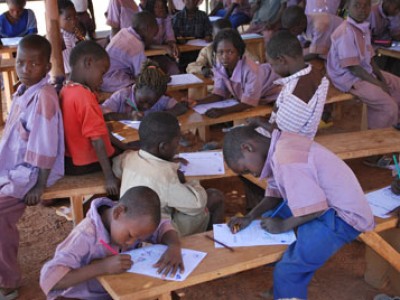
Life in Burkina Faso
Burkina Faso — translated as “country of upright people” — is one of the poorest countries in the world (172 of 182 countries, according to the United Nations Development Programme).
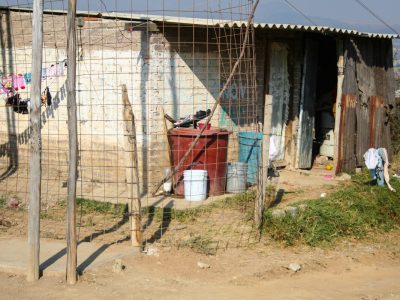
What Is Life Like for Mexico’s Suburban Poor?
Our child development centers are distributed in different types of settings in Mexico; the biggest difference is between urban and suburban areas. In the context of this blog post, the term “suburban” is defined a bit differently than in the developed world: Suburban areas are smaller cities or towns, normally located on the outskirts of main cities, with at least 5,000 inhabitants, but with few services.
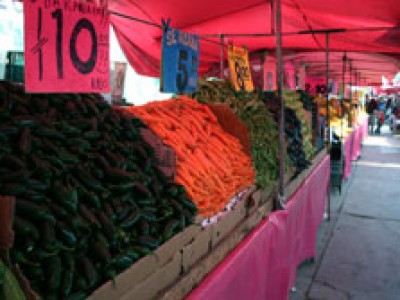
What Is Life Like for the Urban Poor in Mexico’s Cities?
Our child development centers are distributed in different types of settings in Mexico; the biggest difference is between urban and suburban areas.
In the context of this blog post, the terms “urban” is defined a bit differently than in the big cities of the developed world: An urban area corresponds to small communities concentrated in cities with more than 10,000 inhabitants, with the majority of public services at hand.


